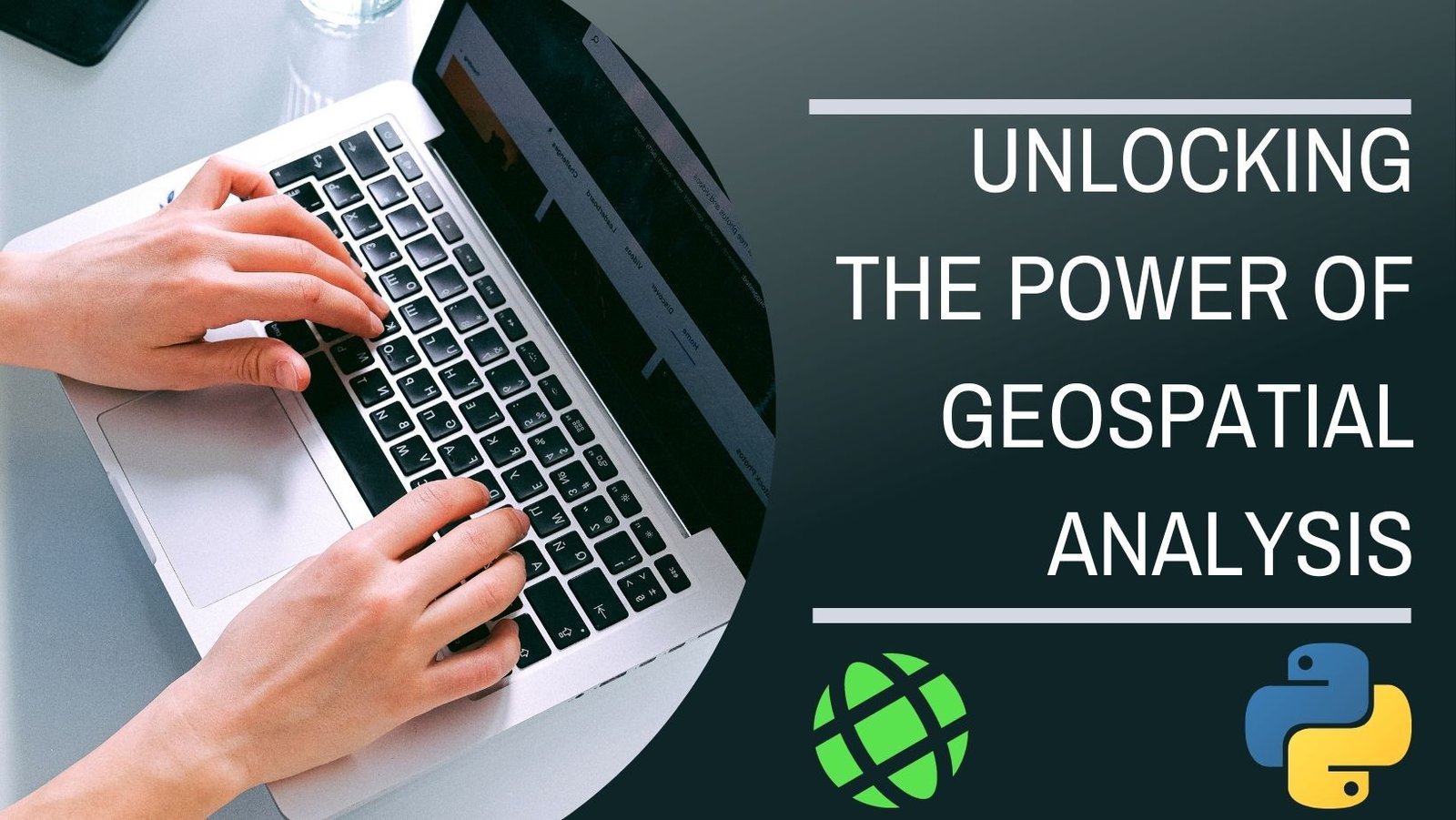Introduction: Geographic Information Systems (GIS) have revolutionized the way we understand and analyze spatial data. From mapping and visualization to complex spatial analysis, GIS has become an indispensable tool across various industries. In recent years, Python programming language has emerged as a powerful tool for GIS professionals, enabling them to automate tasks, perform advanced geospatial analysis, and develop custom GIS applications. In this article, we will explore the capabilities of Python for GIS and how it has transformed the field of geospatial analysis.
Python: A Versatile Language for GIS: Python’s popularity in the GIS community stems from its versatility and ease of use. It is an open-source language with a vast array of libraries and frameworks specifically designed for geospatial analysis. Libraries such as GDAL, Fiona, Shapely, GeoPandas, and PyQGIS provide robust functionalities for reading, writing, and manipulating spatial data in various formats. Python’s simplicity and readability make it accessible to both beginners and experienced GIS professionals, enabling them to write efficient and scalable code for GIS tasks.
Data Manipulation and Analysis: Python’s extensive data manipulation capabilities make it ideal for working with geospatial data. With libraries like Pandas and NumPy, GIS professionals can easily load, clean, and transform large datasets, enabling them to extract meaningful insights. Python’s powerful data analysis tools, combined with geospatial libraries, allow for advanced spatial operations such as spatial joins, overlays, buffering, and spatial clustering. These capabilities enable professionals to perform complex analyses and make informed decisions based on spatial patterns and relationships.
Automation and Workflow Streamlining: One of the significant advantages of using Python for GIS is the ability to automate repetitive tasks and streamline workflows. Python provides scripting capabilities, allowing GIS professionals to automate data processing, map production, and analysis tasks. By leveraging Python’s scripting capabilities, time-consuming manual processes can be replaced with automated workflows, saving significant time and effort. Additionally, Python’s integration with other software and databases enables seamless data exchange and enhances interoperability across GIS platforms.
Custom Application Development: Python’s flexibility extends beyond geospatial analysis; it also allows GIS professionals to develop custom GIS applications. Libraries like Flask and Django facilitate web application development, enabling the creation of interactive web maps and geospatial dashboards. Python’s integration with popular GIS software, such as QGIS and ArcGIS, allows developers to extend the functionality of these tools by creating custom plugins or scripts. This flexibility empowers GIS professionals to tailor their workflows and tools to meet specific project requirements.
Community and Support: Python’s popularity in the GIS community has resulted in a vibrant ecosystem of developers and users. Online forums, communities, and resources dedicated to Python for GIS provide ample support for beginners and experienced professionals alike. The open-source nature of Python ensures continuous development and improvement of GIS-related libraries and frameworks, keeping up with the evolving needs of the GIS community. This active community fosters collaboration, knowledge sharing, and the development of innovative solutions to geospatial challenges.
Python has emerged as a game-changer in the field of GIS, providing powerful tools and libraries for geospatial analysis, automation, and custom application development. Its versatility, ease of use, and extensive community support have made it the go-to language for GIS professionals. Whether it’s automating data processing, performing complex spatial analysis, or developing custom GIS applications, Python empowers professionals to unlock the full potential of geospatial data. As the demand for geospatial analysis continues to grow across industries, mastering Python for GIS is becoming an essential skill for GIS professionals seeking to stay ahead in this rapidly evolving field.

